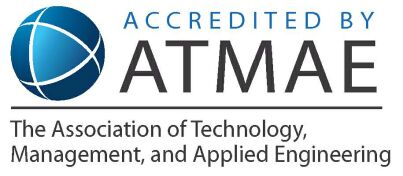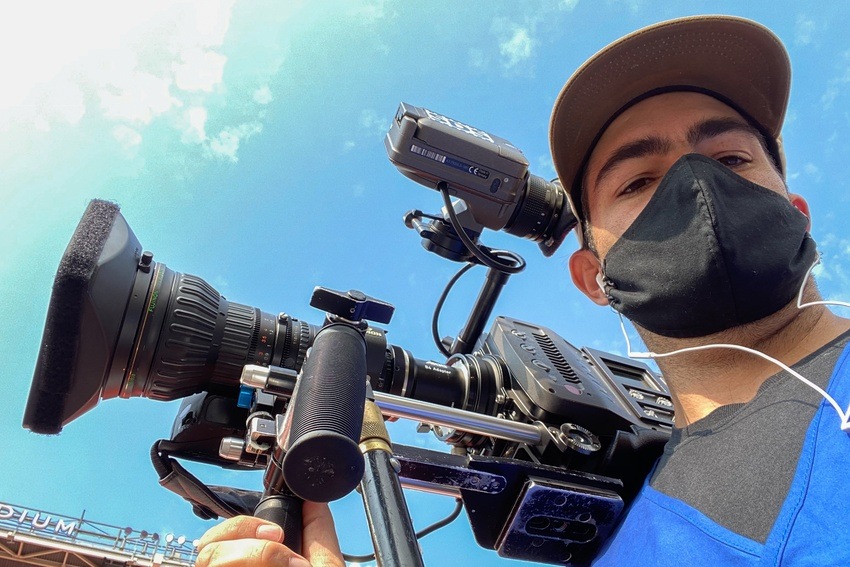Visual Communication Technology
Visual Communication Technology
Students in the Visual Communication Technology (VCT) program earn their Bachelor of Science in Technology degree. It is an innovative program for students who are interested in creative & technical problem-solving.
Visual Communication Technology majors use print, photography, video, and interactive multimedia as problem-solving tools in a variety of work settings. With solid preparation and study in each of these areas, the major is complemented by a core of business and liberal arts classes, which differentiate BGSU’s program from most others of its kind. The major also offers a combination of theory and hands-on practice, including the opportunity to work with personable faculty who are committed to ensuring each student's success.
BGSU’s Visual Communication Technology major is a cross-media program. That means our students learn to use the primary visual media technology in a way that emphasizes both their uniqueness and their dependence on one another.
In VCT, your learning is not limited to the classroom. We offer a combination of classroom-based theory and hands-on practice in up-to-date labs, plus the opportunity to work with faculty who have varied experiences to share. Our cooperative education program lets you apply your learning in a real-world setting. VCT majors complete two cooperative education work experiences as part of their degree. These semester-long, paid co-ops help our students earn money while developing their professional skills. Many students secure their first permanent job with one of their co-op employers.
Admission Process
Freshmen Students
Transfer Students
International Students
Financial Aid
Freshman Scholarships
Transfer Scholarships
College Scholarships

The Visual Communication Technology program is accredited by ATMAE.
VISION STATEMENT
Visual Communication Technology is, and will continue to be, recognized as an innovative program for individuals who apply creative and technical problem-solving through the broad disciplines of digital and emerging media. It will be the program of choice for students who aspire to make a visual impact locally, nationally and globally. Its unique curriculm, including online, blending and on-campus coursework, focuses on applied learning that will set BGSU apart from other programs and will lead to out recognition as educational leaders in these areas.
MISSION STATEMENT
The VCT Program will fulfill its public good commitments to the State of Ohio by adding to the economy and overall expertise in the visual media disciplines. We strive to offer individuals a curriculum that enables them to effectively and efficiently complete a Bachelor of Science degree in a reasonable time and at reasonable cost. The VCT program will contribute to the success of the College of Technology, Architecture and Applied Engineering and Bowling Green State University, through the development and application of innovate strategies, techniques, and principles of applied learning in multiple modalities to address the evolving education needs of the population. The faculty will maintain cutting-edge expertise though strategic industry partnerships and focused professional development activities. The VCT program will continually evolve to provide the most relevant skills and knowledge to its students.
Student Work
Program Resources
Program Learning Outcomes
Upon completion of the baccalaureate degree, students in the visual communication technology major will be capable of the following Program Learning Outcomes (PLO):
- PLO 1: Demonstrate critical-thinking skills as they relate to solving visual technology problems;
- PLO 2: Conceptualize and implement a visual technology solution in several media modes;
- PLO 3: Demonstrate operational level skill ability in each of the visual media areas of VCT;
- PLO 4: Research and produce an organized written rationale for using a specific medium to solve a specific visual technology problem;
- PLO 5: Apply knowledge of industrial applications to visual communication related technologies.
Bowling Green State University [BGSU] is accredited by the Higher Learning Commission. BGSU has been accredited by the Higher Learning Commission since 01/01/1916. The most recent reaffirmation of accreditation was received in January 2023. Questions should be directed to the Office of Institutional Effectiveness.
The Visual Communication Technology program is accredited by the Association of Technology, Management, and Applied Engineering (ATMAE) and is in good standing, https://www.atmae.org/
Bowling Green State University programs leading to licensure, certification and/or endorsement, whether delivered online, face-to-face or in a blended format, satisfy the academic requirements for those credentials set forth by the State of Ohio.
Requirements for licensure, certification and/or endorsement eligibility vary greatly from one profession to another and from state to state. The Visual Communication Technology program does not leads to professional licensure.
Under the Higher Education Act Title IV disclosure requirements, an institution must provide current and prospective students with information about each of its programs that prepares students for gainful employment in a recognized occupation.
The Visual Communication Technology program is not a recognized occupation that requires a Gainful Employment disclosure.
Updated: 06/24/2024 02:40PM




